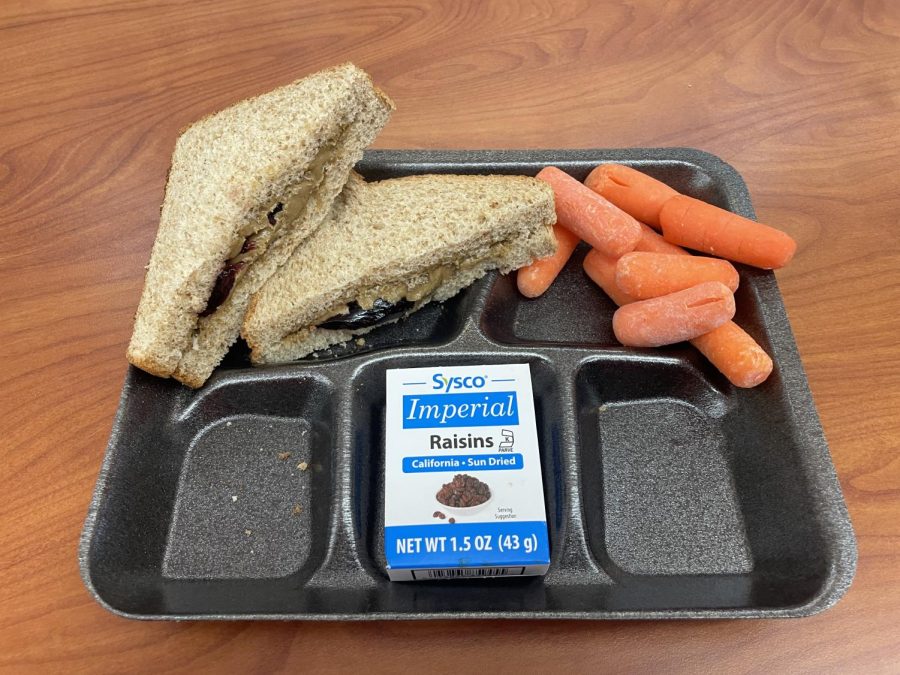More options needed for students with allergies
North’s lunch option for students with nut allergies, but not wheat allergies. Photo by Hailee Munno
March 30, 2023
When the federal school lunch guidelines were overhauled in 2010, the focus was on serving nutritious foods. What it did not and still does not take into account is that what is healthy for some students could be harmful to other students with food sensitivities or allergies. Though North does offer a limited number of allergy-sensitive options, more safe options must be made available.
North’s website includes a weekly lunch menu. In the allergy tab, one can select their allergy and view the options excluding the allergens. When choosing the most common allergies such as milk, wheat, peanuts and tree nuts, the menu features a fruit option and occasionally a side. Depending on the severity of a student’s allergy, there are no entrees offered. This is slim pickings for students who cannot have the traditional lunch.
Lunch is vital to the overall well-being of students. Eating a whole balanced meal for lunch is shown to improve academic performance. According to the Berkeley Department of Agricultural and Resource Economics, “Students at schools that contract with a healthy school lunch vendor score higher [on statewide achievement tests].”
If students with food sensitivities rely on school lunches, they are only receiving small snacks and do not have the proper nutrition to fuel the rest of their day.
While students do have the option to bring lunch from home, that isn’t always feasible. Students who cannot afford food at home rely on their free, school-provided lunches to sustain them though the academic day. Students who have an allergy or sensitivity are only receiving small amounts of food – not nearly enough for growing individuals.
North’s food vendor Aramark claims on their website, “From brain-powering ingredients to comforting flavor combinations, nutritious food doesn’t have to be boring. Aramark chefs and dietitians are constantly reviewing the latest insights and food trends to find the next culinary innovation and help students discover their love of food.” While some of their school lunch packages do include diet-friendly options, North’s contract does not.
The lunch menu usually features options that revolve around meat, dairy or contain gluten. Pizza, chicken sandwiches, french toast sticks and deli sandwiches are a typical weekly menu. While there are a few meatless options such as sun butter and jelly or egg salad sandwiches, there needs to be more for individuals who are lactose or gluten intolerant.
Adding options such as full-sized salads packed with different types of vegetables, gluten-free grain and veggie bowls, or fried rice would make a world of difference for students who suffer from food sensitivities.
Along with including more options, it’s also important to keep in mind the dangers of cross-contamination. For students with severe allergies, even the slightest trace of an ingredient could cause a reaction.
The different “restaurants” in the cafeteria should be utilized as allergy-sensitive spaces. This would require the kitchen to designate utensils and cookware for the allergy-sensitive food and also ensure that they do not share prepping spaces.
Healthy and safe school lunch options are vital for students, and they should be accessible for all.








